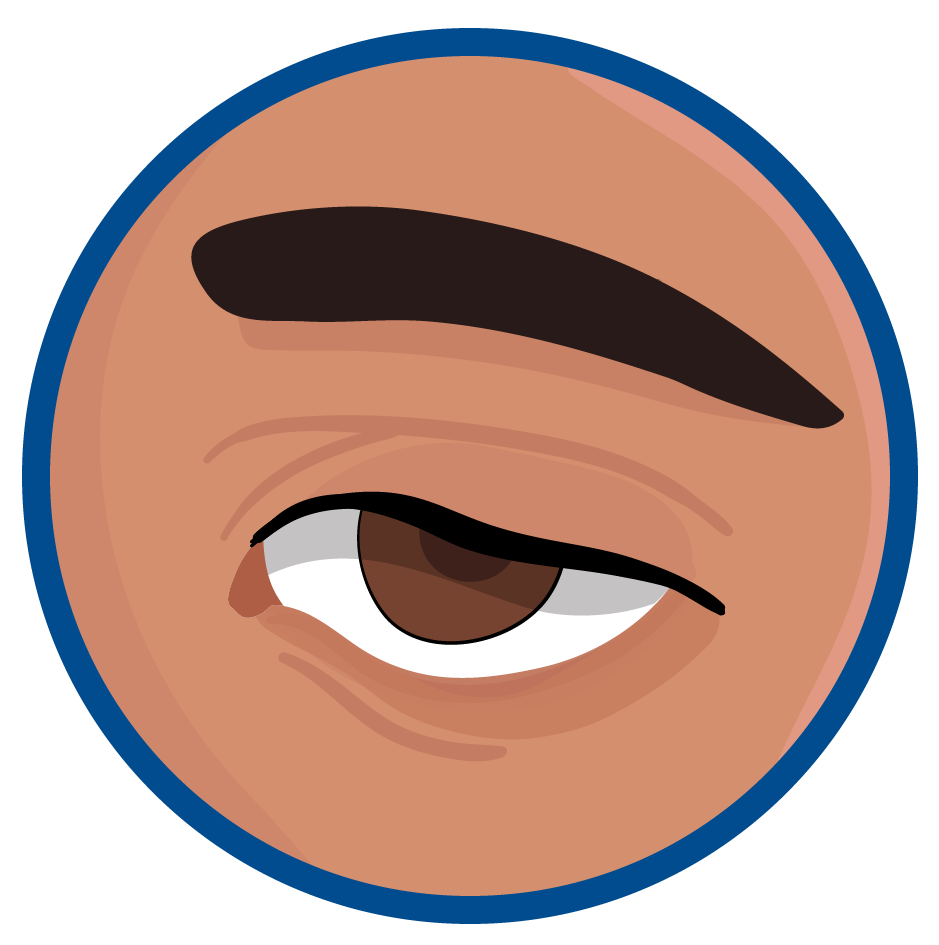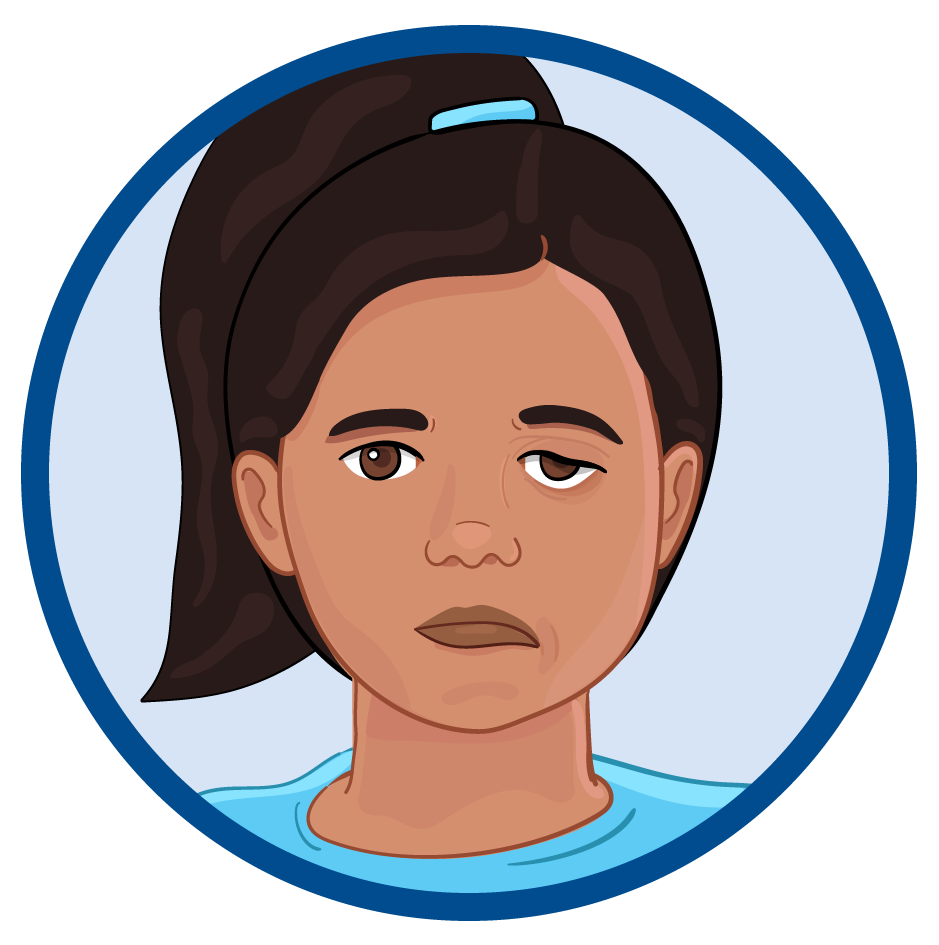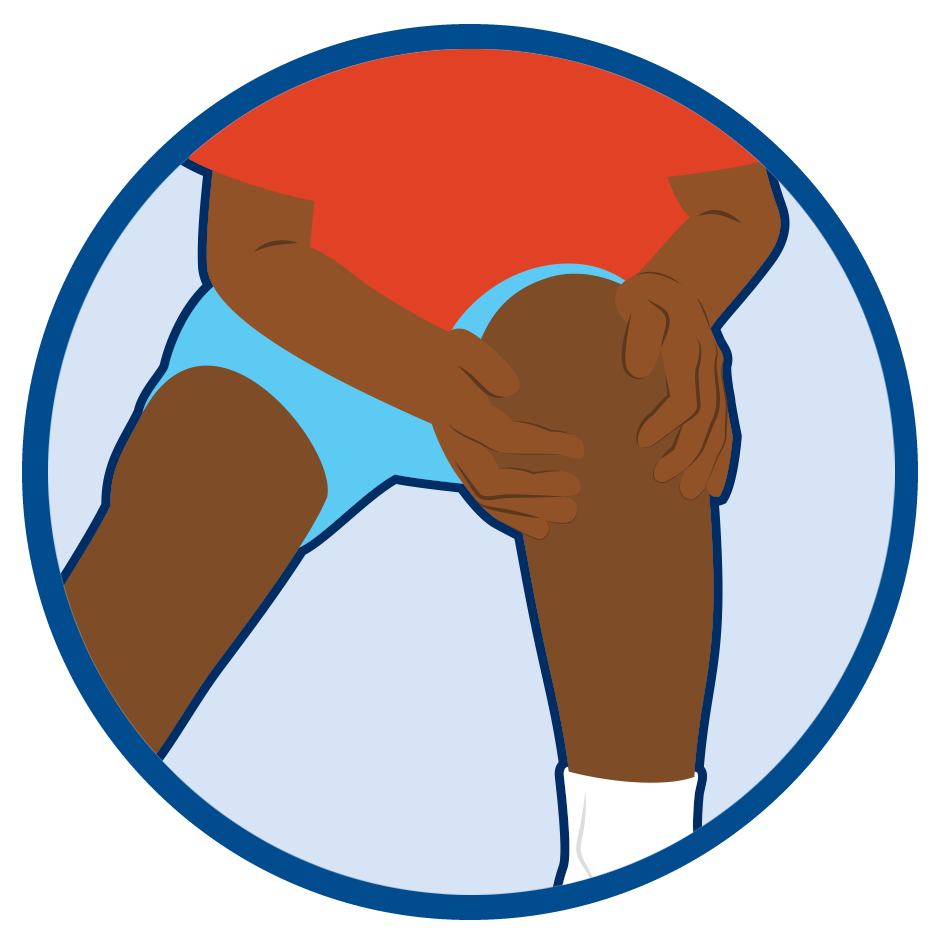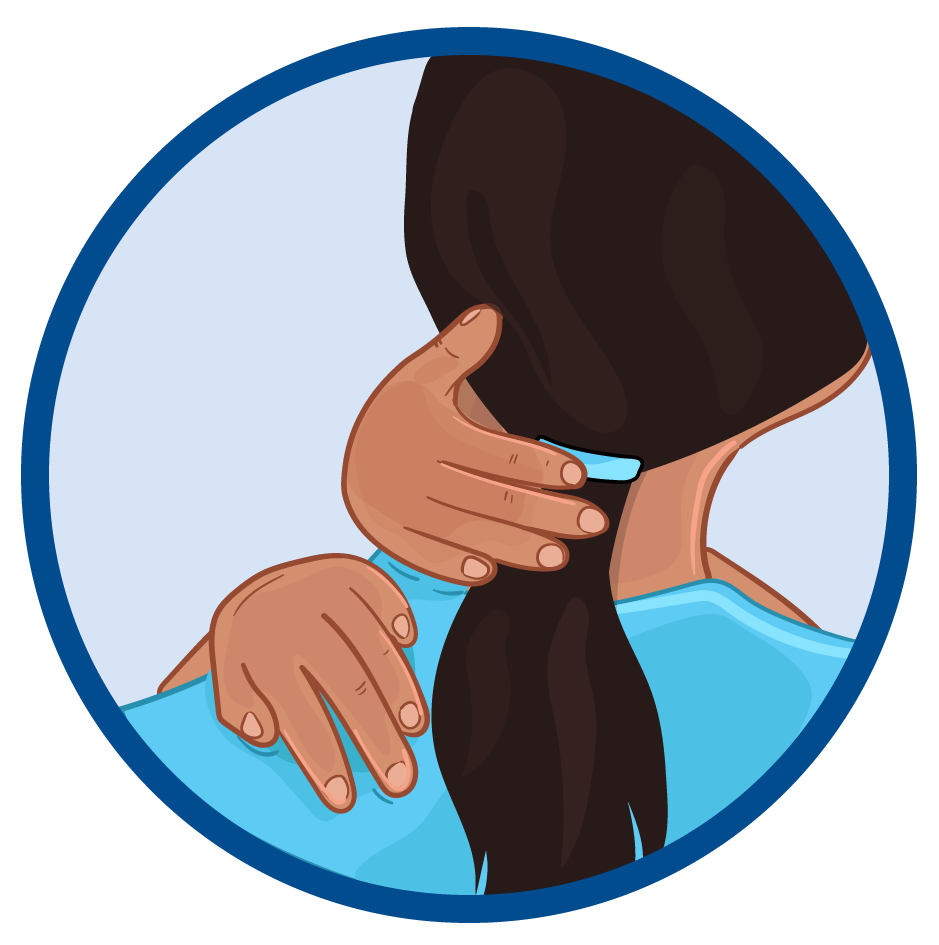
For many people, sleep paralysis is a distressing condition
affecting their sleep and emotional health. While there is still much to
learn about sleep paralysis, understanding the source of sleep
paralysis symptoms can help with treatment and prevention.
What is sleep paralysis?
Sleep paralysis is a temporary sense of paralysis that occurs between stages of wakefulness and sleep. During an episode of sleep paralysis, you are conscious but unable to move or speak.
One of the primary differences between sleep paralysis and
other sleep states such as dreaming and nightmares is that you are awake
during an episode of sleep paralysis.
Types of sleep paralysis
There are two types of sleep paralysis:
- Isolated sleep paralysis. Sleep paralysis
is isolated when it appears without any other signs of narcolepsy or
other sleep disorders. Narcolepsy is a neurological disorder in which a
person may frequently fall into sudden episodes of deep sleep at any
time.
- Recurrent sleep paralysis. This condition
involves multiple sleep paralysis episodes over time. Recurrent sleep
paralysis can be associated with narcolepsy.
In many cases, both types of sleep paralysis occur together.
In this case, you may experience recurrent isolated sleep paralysis
(RISP). RISP involves ongoing instances of sleep paralysis without an
association with narcolepsy.
When does sleep paralysis typically occur?
Sleep paralysis usually occurs when
- falling asleep
- waking from sleep
- at both times.
Sleep paralysis is considered a parasomnia, or an abnormal
behavior that occurs during sleep. Because it is linked to the rapid eye
movement (REM) stage of the sleep cycle, sleep paralysis is considered a
REM parasomnia.
During REM, the eyes move quickly and vivid dreaming occurs,
but the muscles of the body are relaxed to reduce movement. This muscle
relaxation is controlled by the brain and called REM atonia. The purpose
of atonia is to keep you from acting out your dreams, and typically
ends when you wake up.
However, during sleep paralysis you wake up suddenly from
REM, regaining awareness even as your muscles are still relaxed, in
atonia. For this reason, sleep paralysis may feel like temporary
paralysis. In addition to atonia, the mental imagery of REM sleep also
seems to persist even as you are in an aware state.
How long does sleep paralysis last?
An episode of sleep paralysis can last from a few seconds to a
few minutes. The episode usually ends on its own, or when someone moves
or touches you or speaks to you. Making an intense effort to move can
also end an episode.
What does an episode of sleep paralysis feel like?
An episode of sleep paralysis often involves hallucinations
that can be frightening or cause anxiety. Hallucinations during sleep
paralysis fall into three categories.
- Intruder hallucinations involve a sense of evil or a disturbing presence in the room, such as a bedroom intruder.
- Chest pressure hallucinations describe a sense of pressure
on the chest, often accompanied by sensations of being choked or
suffocated.
- Vestibular-motor (V-M) hallucinations can include feelings of movement, such as flying or out-of-body sensations.
Can you die from sleep paralysis?
Sleep paralysis can be frightening and can cause emotional
distress for some people. However, it usually does not happen frequently
enough to cause significant health effects, and is not a serious
medical risk on its own.
People who experience recurrent or frightening episodes may
develop unhealthy sleep habits to avoid sleep, leading to sleep
deprivation. This can have negative effects on a person's health.
Symptoms of sleep paralysis
Sleep paralysis may involve such symptoms as:
- inability to move the arms, legs, body, and head when falling asleep or waking up
- inability to speak
- full awareness of what is happening
- hallucinations.
Episodes last from a few seconds to a few minutes, and may occur once in a person's life or repeatedly over their lifetime.
What causes sleep paralysis?
While the exact cause of sleep paralysis is not understood, research has linked certain sleep habits to the condition:
- inadequate sleep
- an irregular sleep schedule or a sleep schedule that often changes (this is often the case for shift workers)
- sleeping on your back.
In addition, sleep paralysis has also been linked with
- sleep disorders such as narcolepsy. Narcolepsy is a
disorder that causes sudden episodes of deep sleep caused by a problem
with the brain's ability to regulate sleep.
- some mental conditions, such as bipolar disorder, PTSD, or panic or anxiety disorders
- use of certain medicines, such as for ADHD
- substance use
- alcohol use.
Many people report stressful events or an emotional experience preceding the episodes.
In addition, research suggests there may be a genetic predisposition to this condition.
How is sleep paralysis diagnosed?
Sleep paralysis can affect men and women. It can be seen at
any age, though it tends to first appear in the teen years. After
appearing during the teenage years, episodes can occur more frequently
in later years.
If you experience episodes of sleep paralysis that make you
feel anxious or if you have repeated episodes of sleep paralysis, speak
with your doctor. It is possible that sleep paralysis may be due to
another medical problem that needs further attention.
To learn more about how sleep paralysis is affecting your
health, your doctor may ask about your symptoms, sleep habits, and
factors that affect your sleep. You may be asked to fill out a
questionnaire about your sleep, or even complete a sleep diary to help
identify sleeping patterns.
Depending on your symptoms, your doctor may refer you to a sleep specialist for further diagnosis, testing, and treatment.
Your doctor may have you do a sleep study called a
polysomnography. In this procedure, small wafer-thin electrodes and
other sensors are pasted on specific body sites to take a variety of
readings during the night. The sensors will record muscle activity,
movements, breathing, blood oxygen level, heart rate, and rhythm.
Readings are collected on a single printout (called a
polysomnogram) and analyzed by a technician and physician. If a
breathing problem is detected early on, you may be awakened and given
treatment, such as PAP, during the second half of the night. This allows
the sleep experts to monitor how well the treatment works for you.
Your doctor may also want you to take one or more daytime
sleep tests as well. One test, called a multiple sleep latency test
(MSLT), measures how long it takes you to drift off while lying down in a
quiet room. The procedure is usually repeated four or five times during
the day at two-hour intervals. The test also determines what stages of
sleep you experience during a brief nap.
MSLT can help to show if your sleep paralysis is a sign of
narcolepsy. Falling asleep within eight minutes each time indicates
extreme sleepiness. A person who enters REM sleep very quickly (within
about 20 minutes) during two or more naps may also have narcolepsy.
How to prevent sleep paralysis
If you experience occasional sleep paralysis, one of the best ways to prevent sleep paralysis episodes is to improve the quality of your sleep.
Try any of these sleep hygiene techniques to help improve sleep quality and prevent sleep paralysis:
- Get adequate sleep. Try to get seven to nine hours of sleep per night on a regular basis.
- Keep a consistent sleep schedule. Go to bed and wake up at consistent times every day, including on weekends.
- Create an ideal sleep environment. Keep your bedroom dark, cool, and quiet.
- Ensure your mattress and pillow
suit your body's needs. Choose a pillow that keeps your neck and head
naturally in alignment. Your mattress needs will depend on the level of
firmness that feels best to your body. Memory foam mattresses boast the
benefit of molding to your body's pressure points.
- Reduce distractions. Avoid using electronic devices before going to bed.
- Relax before bed by taking a bath, reading, or listening to soothing music.
- Try new sleeping positions if you sleep on your back.
Sleep experts have found a correlation between sleeping on your back and
sleep paralysis.
- Do what you can to ease stress in your life, especially just before bedtime.
- Curb substance use: avoid alcohol intake, especially in the evening, and steer clear of nicotine altogether.
- Reduce caffeine intake. If you can't or don't want to give up caffeine, avoid it after 2 p.m.
If you are diagnosed with narcolepsy or another sleep
disorder, a sleep doctor will work with you to find a treatment plan for
your disorder.
If you are diagnosed with a mental health condition such as anxiety or bipolar disorder,
your doctor will oversee your ongoing treatment with medication and
behavioral therapy to help treat your mental health condition. Treating
your underlying mental health condition may help resolve sleep
paralysis.
Be sure to see your doctor if sleep paralysis routinely stops you from getting a good night's sleep.
Stopping sleep paralysis in the moment
Currently, there is no direct treatment strategy to treat sleep paralysis during an episode.
.jpg)










